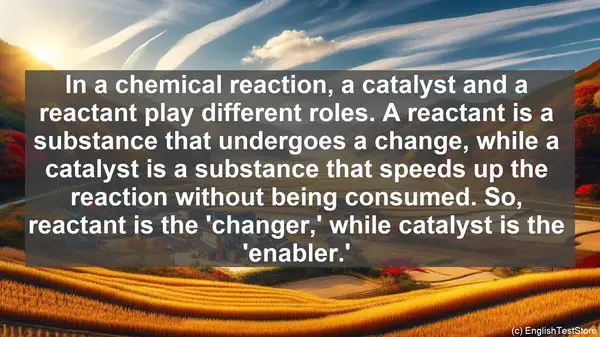Introduction
Welcome to today’s lesson on materials chemistry. In this lesson, we’ll be focusing on some commonly confused words that you’re likely to come across in your studies. Understanding the nuances between these terms is crucial for a strong foundation in this field. So, let’s dive in!
1. Alloy vs. Composite
While both alloy and composite refer to materials made by combining different substances, there’s a key difference. An alloy is a mixture of two or more metals, while a composite is a combination of two or more materials, which can include metals, polymers, or ceramics. So, think of alloy as metal-specific and composite as more inclusive.
2. Crystal vs. Amorphous
When we talk about the structure of materials, we often come across the terms crystal and amorphous. A crystal has a highly ordered, repeating pattern at the atomic level, resulting in a well-defined shape. On the other hand, amorphous materials lack this long-range order, giving them a more random structure. Glass is a classic example of an amorphous material.
3. Conductivity vs. Resistivity
Conductivity and resistivity are terms used to describe a material’s ability to conduct or resist the flow of electrical current. Conductivity is the measure of how easily a material allows the flow of current, while resistivity is the measure of how much a material opposes the flow. So, in simple terms, conductivity is about ease, while resistivity is about opposition.
4. Homogeneous vs. Heterogeneous
When we talk about the uniformity of a material, we use the terms homogeneous and heterogeneous. A homogeneous material has a uniform composition throughout, meaning its properties are consistent. In contrast, a heterogeneous material has variations in composition, resulting in different properties in different regions. Think of homogeneous as ‘same throughout’ and heterogeneous as ‘different regions.’
5. Ductility vs. Brittleness
Ductility and brittleness are terms used to describe a material’s ability to deform under stress. A ductile material can be stretched into a wire without breaking, while a brittle material is prone to fracture. So, ductility is about flexibility, while brittleness is about fragility.

6. Exothermic vs. Endothermic
Exothermic and endothermic are terms used to describe chemical reactions. An exothermic reaction releases heat to the surroundings, resulting in a temperature increase. On the other hand, an endothermic reaction absorbs heat, causing a temperature decrease. So, exothermic is about heat release, while endothermic is about heat absorption.
7. Adsorption vs. Absorption
Adsorption and absorption are terms used to describe the interaction of molecules with a material’s surface. Adsorption refers to the adhesion of molecules to the surface, often forming a thin layer. Absorption, on the other hand, involves the penetration of molecules into the material’s bulk. So, think of adsorption as surface-specific and absorption as bulk-specific.
8. Monomer vs. Polymer
In the world of polymers, we often encounter the terms monomer and polymer. A monomer is a small, single unit that can join with other monomers to form a larger, chain-like structure called a polymer. So, monomer is the building block, while polymer is the final product.

9. Solvent vs. Solute
When we talk about solutions, we come across the terms solvent and solute. The solvent is the component that dissolves the solute, resulting in a homogenous mixture. So, think of solvent as the ‘dissolver’ and solute as the ‘dissolved.’
10. Catalyst vs. Reactant
In a chemical reaction, a catalyst and a reactant play different roles. A reactant is a substance that undergoes a change, while a catalyst is a substance that speeds up the reaction without being consumed. So, reactant is the ‘changer,’ while catalyst is the ‘enabler.’
